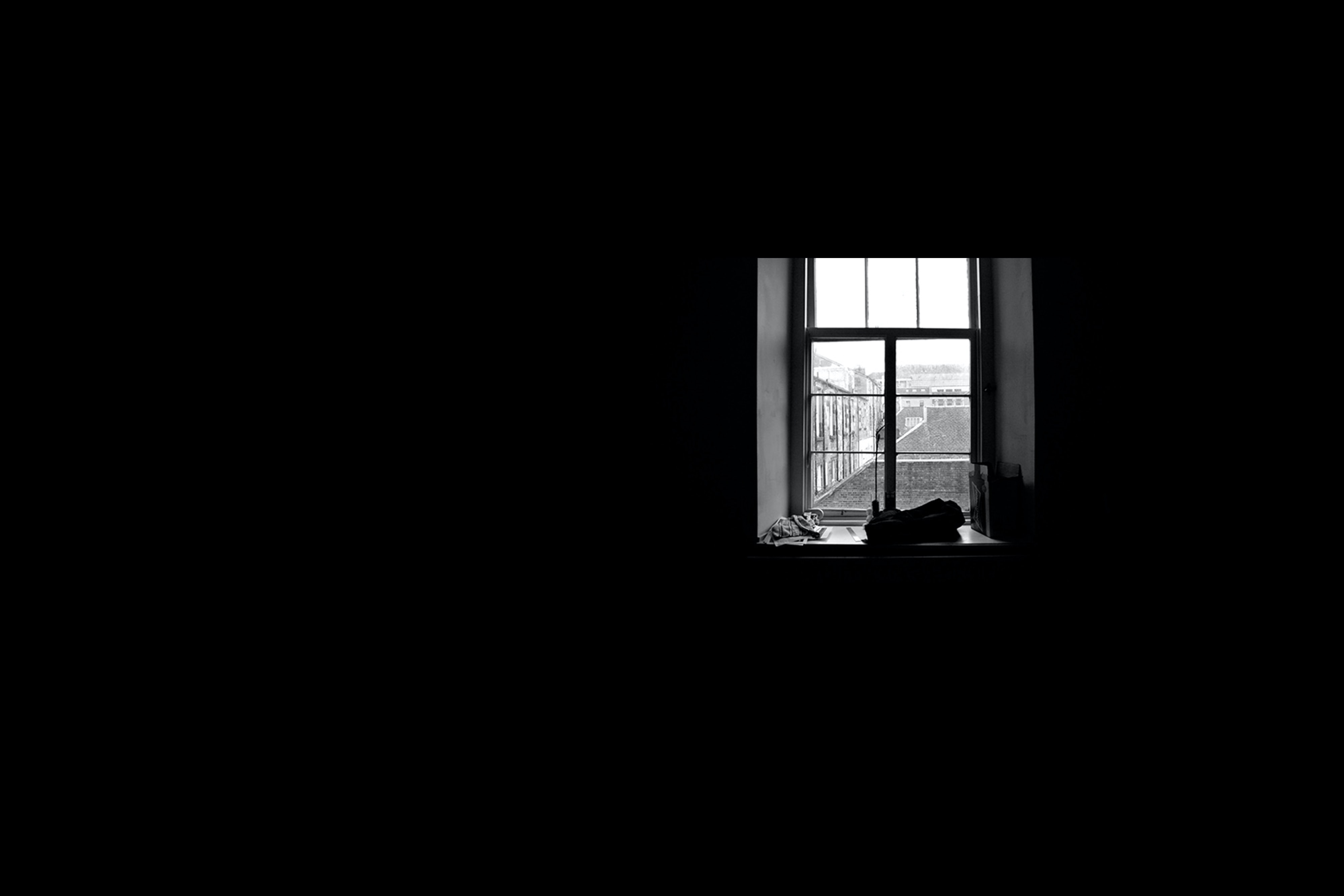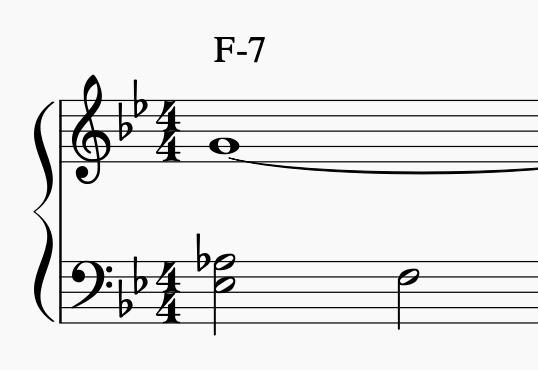The Pippinpotato Corner All things pippin and potato
Exercise for Solo Piano: Thinking More Horizontally
2 minute read

This exercise is an introduction to paying attention to voicing melodies in the left hand in addition to the right hand while playing solo jazz piano.
Intro
Over the past couple of months I’ve been working on the tune “Stella By Starlight.” Today when I played through the song, I noticed that over the course of these months, my sound had stagnated; I found myself playing the same thing each time. My left hand had a hard time moving past playing straight chords. My playing sounded kind of like this:
I was lost on why it sounded so stagnant, and upon looking at transcriptions of other jazz pianists, I realized that I was thinking too vertically and playing too many notes at once.
Vertical vs Horizontal Thinking
Thinking vertically is thinking more about the notes that make up each chord. On the other hand, thinking horizontally is thinking about the notes that come before and after the one(s) you’re currently playing. For example, a trumpeter playing a melody or soloing is most likely thinking horizontally, while a pianist comping for the trumpeter is most likely thinking vertically. Thinking in terms of scales or melodic lines is thinking horizontally, while thinking about chord voicings is thinking vertically (although thinking about voice leading when constructing chord voicings is an example of thinking horizontally).
My playing of “Stella by Starlight” sounded stagnant because I was thinking too vertically and ended up just playing a lot of thick chords without much thought about movement between/within the chords.
The Exercise
An exercise I devised to open up the mind to more horizontal thinking in the left hand is to only allow myself to be playing up to 3 notes at the same time. This way I’m forced to break up chords in the left hand. Take this F-7 in “Stella by Starlight” for example. Usually I would play it like this:

However, in using this exercise, I would be forced to break it up like this:

This creates more movement and forces me to think horizontally in the left hand.
Here is an example of me playing through “Stella by Starlight” with this exercise in mind:
You’ll notice that as I’m forced to move around in my left hand comping and form melodic voices in my left hand, I start to gain inspiration from what I’m hearing and continue to play off that, making the music sound roughly polyphonic.
Final Note
I’m finding that forming coherent basslines and inner voices is a way of making solo piano more interesting to listen to, and this exercise is a good way of forcing my brain to think in that manner.
Written on September 13th, 2020 by Chris Cheung